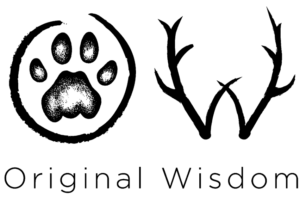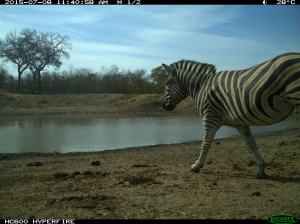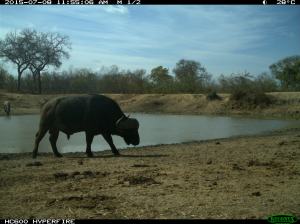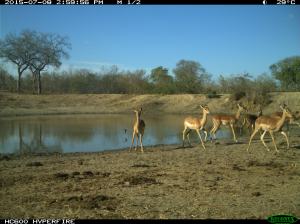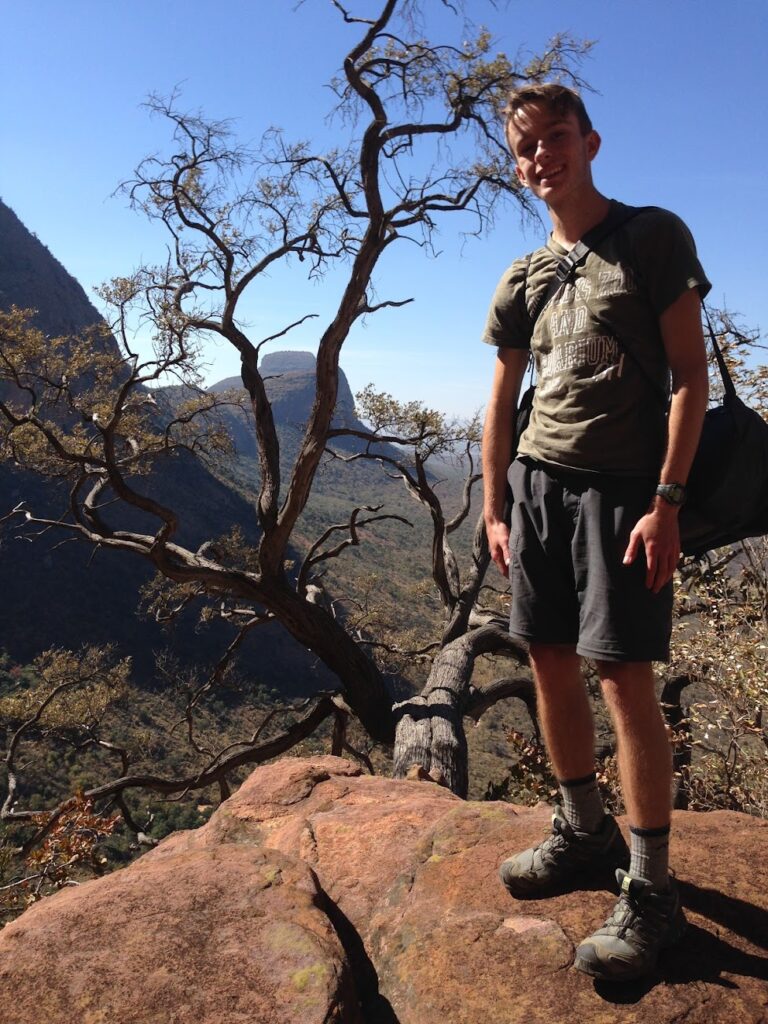Michelle Neal
July 19th, 2015
Day 18
The following blog post is created by a Hopkinton/Bow High School student from New Hampshire, who is on program with Original Wisdom, partnering with Nature Guide Training, on a 3-week South African Ecology & Culture program at Djuma Game reserve in the Sabi Sands region of the Greater Kruger Area (July 2015). In addition to exposure to ecology and culture, we have sponsored a local South African student on scholarship for the entire program (see Blog 3# Interview with Mhlavasi) and will attend 2 days at Mhlavasi’s school, Acorns to Oaks, where our students interact with the local students and help to teach them some basic skills in spatial thinking and use of Geographic Information Systems (GIS) to create online maps and stories with a spatial component. Our overall goals include facilitating connections with self, others, and the natural world.

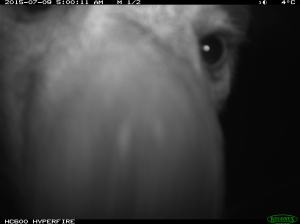
Between all of the lion seeking, bird watching, vervet monkey shooing, thorn dodging, and lesson learning, it’s hard to believe that we’ve managed to keep track (no pun intended) of our trail cameras. A week or so back we hopped around Djuma, carefully selecting their locations. Unfortunately, one lesson learned was that hyenas LOVE munching on expensive trail cameras! Two of our seven camera were torn down from their tree trunk. They spared one life, leaving it saliva coated yet still functional upon the ground. The other, however, did not have such luck. The curious and aggressive hyena ripped it to shreds, and the bite marks are there to prove it.
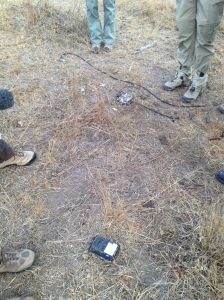
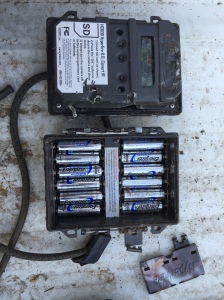
On the bright side, the cameras did do their job! Numerous pictures captured the vandals red-handed as they sniffed and sunk their sharp teeth into the equipment. In addition to our crime scene footage, a wide variety of species crossed the sensors. Sam Pepin and Carmen Repucci, our “math guild” students, recorded the data after collecting the cameras. They’ve drawn a couple observations relating to our question. According to the two boys, the following species are more common during the day: zebra, warthog, birds, and Cape buffalo. At night, duiker, hyena, and lion are likely to be seen.
“We’re still analyzing the data, however, good progress has been made,” expressed Sam. Progress can be slow, as Sam learned when only about 17 of the 3200 pictures on one trail camera actually contained animals. Turns out grass triggers motion sensors as well as anything else! When asked why he thought his portion of our project was important, Carmen responded with, “It’s the quantitative data of the project, and it backs our research.”
The project as a whole is still very much a work in progress. Many steps simply cannot be taken until we have our resources back at home. The group has improved and found great success in our collaboration skills and motivation. We all look forward to sharing our findings in detail during the presentations in the coming months!
Some of the camera trap photos:
